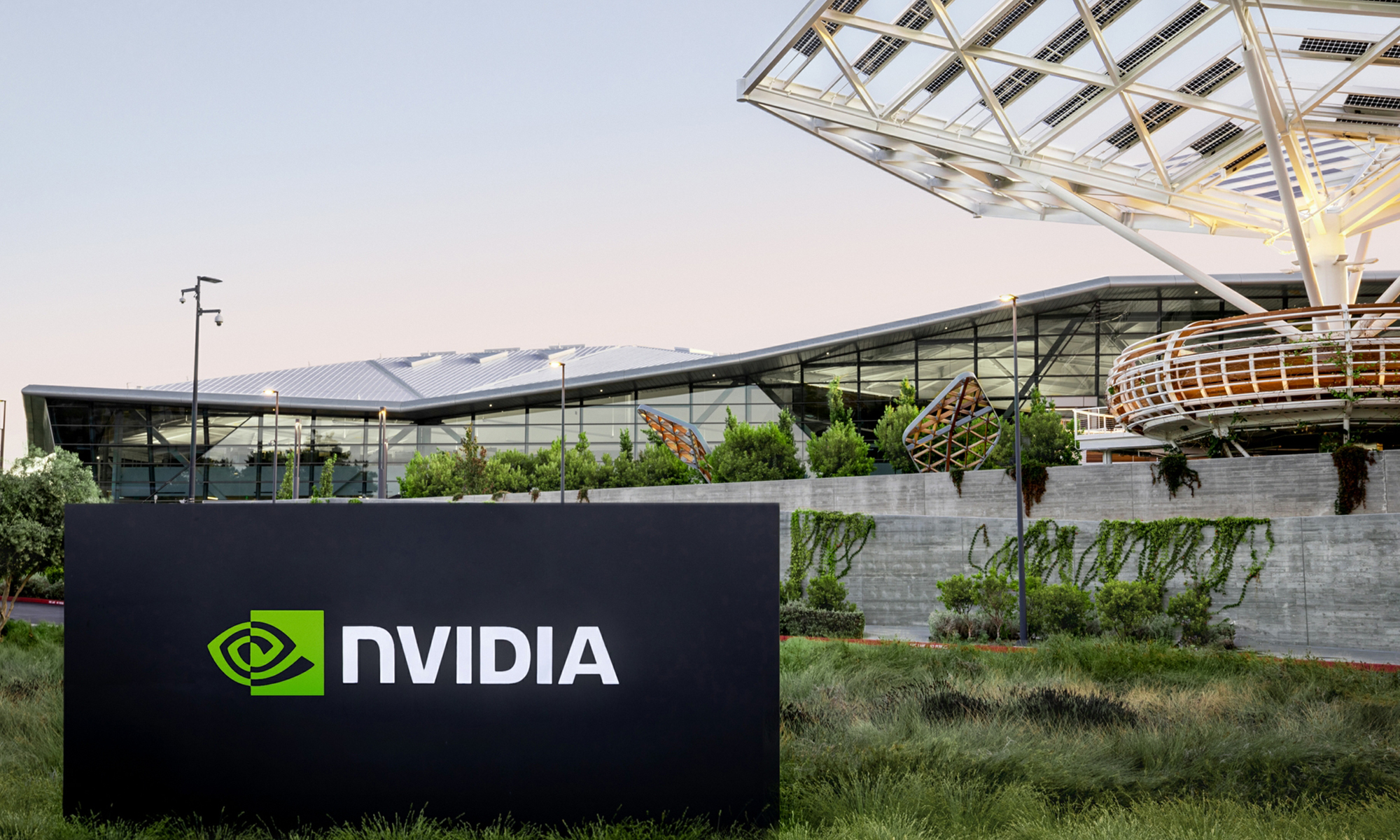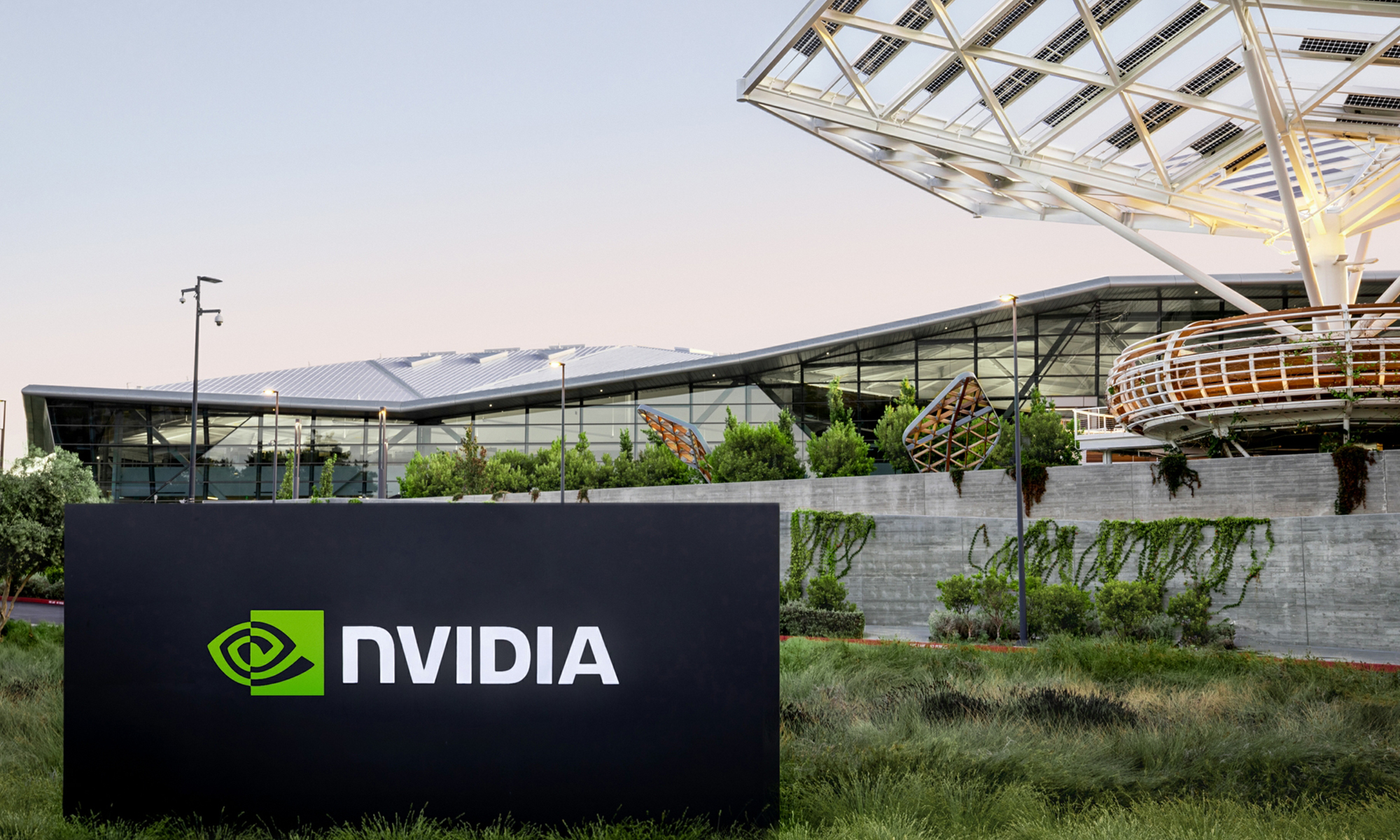Nvidia (NVDA +1.51%) stock is back in the market's good graces after plunging earlier this year. Despite reassurances from management, investors were worried about the company's future when China's DeepSeek chatbot came out and further concerned about impact of new tariffs. As Nvidia continues to report stellar earnings results and upgrade its technology amid a pause on many of the new tariffs, investors are feeling more love toward Nvidia stock.
As of this writing, Nvidia stock trades just north of $150, and it's back to beating the market. Can it reach $200 before the end of the year?
AI is a huge opportunity
Nvidia makes the semiconductor chips necessary to drive generative artificial intelligence (AI), or the apps that "think" and create. There are two basic stages to that process: training and inference. The large-language models that run the data and produce output need a tremendous amount of power for these processes, training on millions of data points that are constantly updated and running through tons of algorithms to create accurate content and images. Nvidia's chips make that happen.

Image source: Getty Images.
Since so many tech companies want to use generative AI in their operations today, Nvidia's chips are in great demand. Although there are alternatives, Nvidia has between 70% and 95% of the market, depending on who you ask. Even at the lower end, that's a huge lead over the competition. As the gold standard, Nvidia is relied upon by the biggest companies like Microsoft and Amazon as a partner. This is where the greatest opportunity is. Amazon, for one, has its own line of budget options for smaller companies, but the large, brand-name clients it services need Nvidia's powerful chips.
The demand is only expected to increase. According to Statista, the AI opportunity is expected to increase at a compound annual growth rate of 26.6% over the next five years, reaching $1 trillion. A huge portion of that is likely to go to Nvidia.
Management continues to launch new products that can handle higher data loads, making them more attractive to clients. Its Blackwell technology, which launched last year to replace the Hopper architecture, is already moving into Blackwell Ultra, and management is planning to release a new range of chips next year under the Rubin name.
Nvidia is unstoppable
In the near term, Nvidia continues to report phenomenal results despite serious setbacks. U.S. regulations mean it can't ship its best chips to China, stymying progress in that market, and Nvidia took a hit to its earnings in the fiscal 2026 first quarter (ended April 27) related to a charge for orders it couldn't fulfill.
Yet the first-quarter results were outstanding. Revenue increased 69% year over year, and earnings per share (EPS) were up from $0.60 last year to $0.76 this year, inclusive of the one-time charge.

NASDAQ: NVDA
Key Data Points
Management is guiding for growth to decelerate in the second quarter but remain high at a 50% increase year over year. Wall Street is looking for EPS of $1, up from $0.68 last year. For the full year, Wall Street is expecting $200 billion in revenue and $4.29 in EPS, up from $130 billion (a 54% increase) and $2.99 (a 43% increase) over last year.
The valuation can handle it
If the valuation remains constant, Nvidia stock will rise along with its earnings. If it rises 54% from where it started out this year, it will reach $212. If it rises 43%, it will reach $197. If nothing much changes and Nvidia meets Wall Street's expectations, the stock should surpass $200 by the end of the year.
However, Nvidia tends to beat expectations. If that happens, it could rise further. High-growth stocks can also carry higher valuations. If Nvidia's valuation rises, the price could also rise further. At the current price, Nvidia stock trades at a price-to-earnings ratio of 50 and a price-to-sales ratio of 26. Those aren't cheap numbers, but they're pretty reasonable for Nvidia's growth.
The likelihood is that Nvidia hits at least $200 before the end of the year, or shoots 27% higher than the price at the time of this writing.





